Top plants for breeding aquarium fish
Introduction
Incorporating fish plants into breeding aquariums has become a cornerstone practice for aquarists aiming to create environments conducive to fish breeding. These plants not only enhance the aesthetic appeal of the tank but also play a critical role in establishing a natural, stress-free habitat for fish, which is essential for successful breeding. Understanding the symbiotic relationship between fish and plants can significantly impact the breeding process, leading to higher success rates and healthier aquatic life.
One common question among aquarists is, "Does fish eat plants?" While some fish species do graze on plant matter, incorporating the right types of plants can provide numerous benefits beyond nutrition. Plants offer shelter, spawning grounds, and contribute to the tank's ecological balance by improving water quality and oxygen levels. Selecting plants that complement the dietary habits and environmental needs of your breeding fish can greatly enhance their overall well-being and breeding potential.
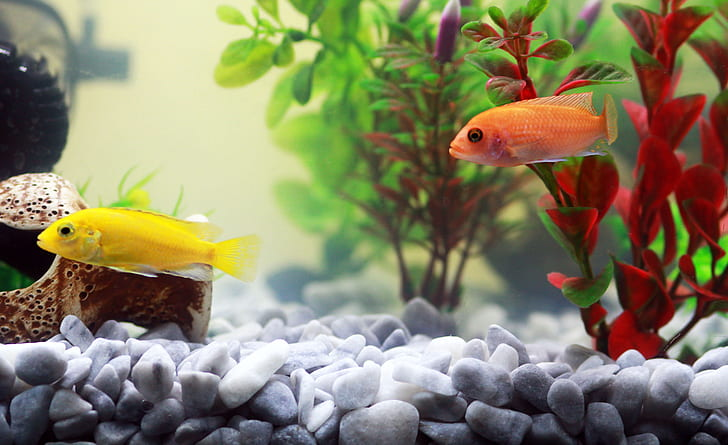
Why Plants Matter in Fish Breeding
The importance of plants in fish breeding setups cannot be overstated. Beyond their basic ecological functions, plants create a more natural environment that can significantly reduce stress in fish, a key factor in successful breeding. Stress reduction is achieved through the provision of hiding spots and territories, crucial for the well-being of breeding fish and the protection of fry.
Moreover, answering the question, "What plants do fish eat?" provides insight into how to balance the aquarium ecosystem. While some plants that fish eat may serve as a supplemental food source, their main contribution to fish breeding setups is their role in mimicking the natural habitats where fish instinctively feel safe to spawn. This alignment with natural breeding cues encourages fish to exhibit natural spawning behaviors, increasing the likelihood of breeding success.
Types of Plants Suitable for Breeding Tanks
Understanding the types of plants suitable for breeding tanks involves considering both the fish breeding requirements and the dietary habits of the fish species in question. It's essential to select plants that fish eat only if it complements their natural diet without compromising the plant's role in the tank's ecosystem. Aquatic plants vary widely in their care requirements, growth habits, and benefits they offer to the breeding tank, making it crucial to choose species that align with the specific goals and conditions of your breeding setup.
In selecting the right fish plants, consider both the structural benefits they provide for shelter and spawning and their potential as a natural food source for certain fish species. Plants like Java Moss and Anubias offer excellent cover and spawning sites without becoming a primary target for herbivorous fish. Balancing these factors is key to creating a thriving breeding environment that supports both the fish breeding process and the natural behaviors of the aquarium's inhabitants.
Anubias: A Low-Maintenance Choice
Anubias stands out as a low-maintenance choice for fish breeding aquariums, offering both aesthetic appeal and practical benefits. Its hardy nature and slow growth rate make it an ideal fish plant for breeding setups, requiring minimal upkeep while providing ample cover and spawning sites for fish. Anubias' broad leaves offer a natural shelter for fry and breeding fish, creating a secure environment that promotes successful spawning.
Furthermore, Anubias is not commonly seen as a food source, addressing the concern of "Does fish eat plants?" in a way that minimizes the risk of it being devoured. Its resilience to nibbling makes it one of the preferred plants that fish eat only sparingly, ensuring its longevity and sustained contribution to the tank's ecosystem. Incorporating Anubias into your breeding setup can significantly enhance the habitat's complexity and suitability for fish breeding activities.
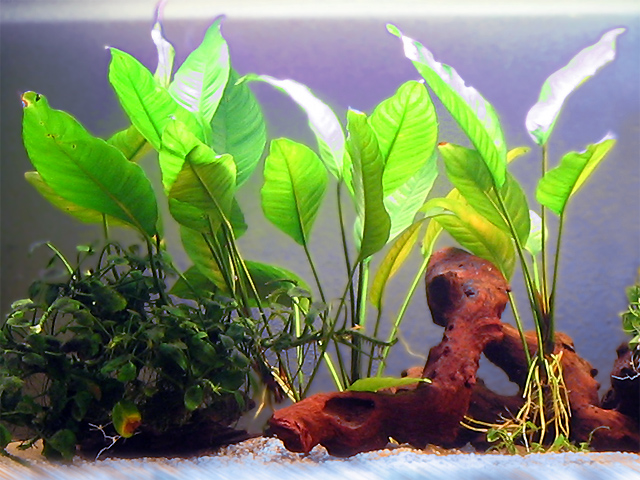
Java Fern: Ideal for Shelter
Java fern has become a staple in aquarium plants for breeding setups due to its unique ability to provide excellent shelter for fish and fry alike. This plant's hardy nature and minimal light requirements make it a versatile addition to any planted aquarium, fostering a secure and stress-free environment conducive to fish breeding. Its broad leaves and robust growth form natural hiding spots, essential for protecting fry and giving adult fish privacy during breeding.
Moreover, Java fern can be easily attached to driftwood or rocks, allowing it to float freely near the water surface or anchor in the tank's substrate. This flexibility in placement makes it an invaluable aquarium plant for creating varied habitats within a single tank, accommodating the preferences and needs of different species. Its ease of care and contribution to maintaining optimal water conditions further cements its role as a top choice for aquarium enthusiasts focused on breeding.
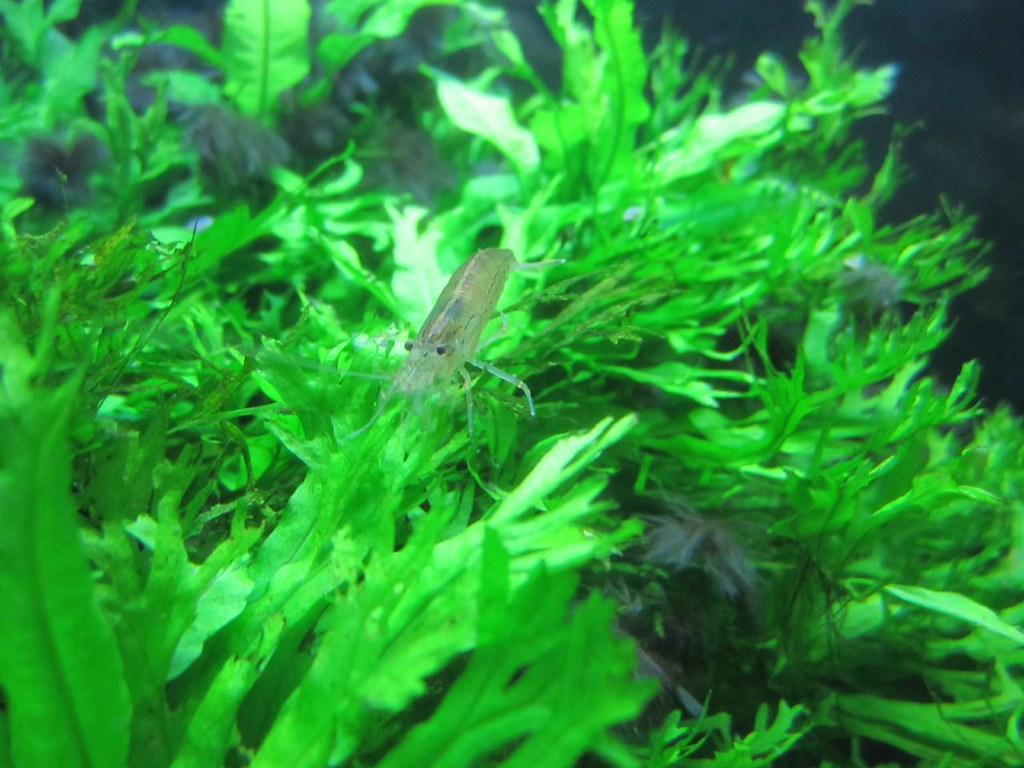
Mosses: Creating Spawning Sites
Among the variety of aquarium plants, Java moss stands out for its exceptional utility in breeding tanks. This plantoffers a lush, dense growth pattern that serves as an ideal spawning site for many species, while its ability to float freely or attach to surfaces provides versatility in aquarium design. Java moss contributes to stable water conditions, which is crucial for the health and growth of both plants and fish in a planted aquarium.
In addition to Java moss, other mosses also play a significant role in aquariums by offering soft, safe areas for egg deposition and fry development. Their capacity to thrive under a variety of light conditions and their minimal care requirements make them an excellent choice for aquarists focusing on fish breeding. Like Java fern, these plantshelp create a naturalistic and nurturing environment within the tank, promoting successful breeding and the wellbeing of aquarium inhabitants.
Floating Plants: Surface Shelter and Security
Floating plants like water lettuce are invaluable in aquariums for creating shelter and security, especially near the water surface. These plants float freely, offering shade and protection which can be critical for the breeding success of many species. The roots of floating plants provide a safe haven for fry and can also help in filtering the aquariumwater, improving water conditions for all tank inhabitants. Their ease of care and rapid growth make them an excellent choice for enhancing the natural environment of a planted aquarium.
Water lettuce, in particular, is favored in breeding tanks for its dense root systems and ability to cover significant portions of the water surface. This coverage not only prevents excessive light from penetrating the tank but also offers numerous hiding spots for fry and small fish. The presence of floating plants like water lettuce can significantly impact the overall health and balance of the aquarium, making them a top choice for aquarists looking to mimic natural breeding conditions.
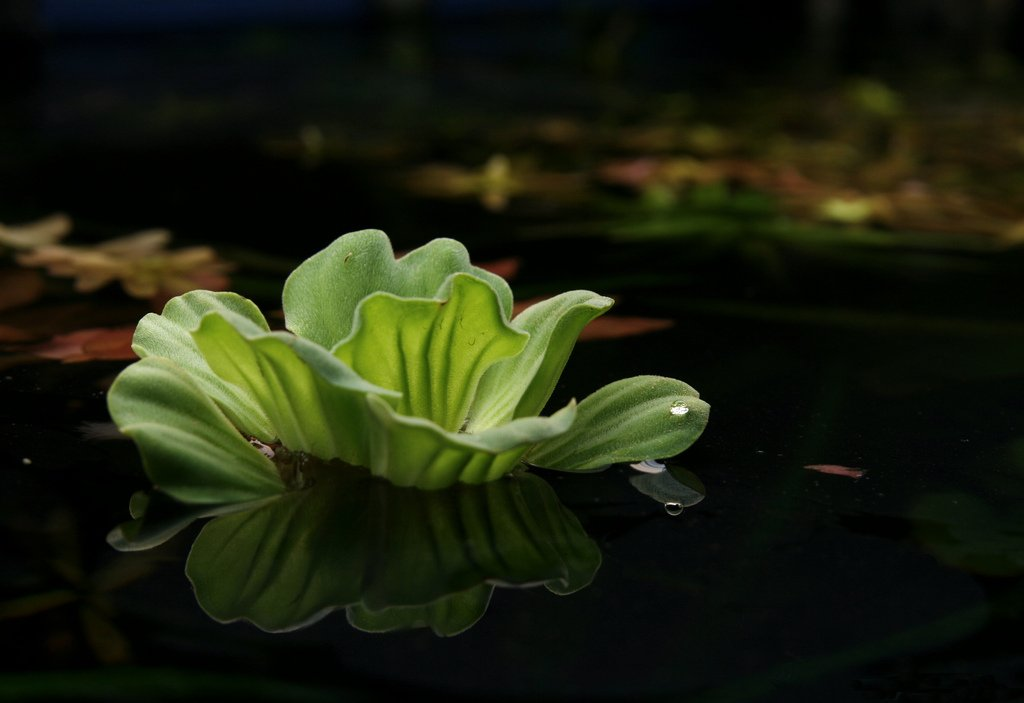
Cryptocoryne: Enhancing the Tank Floor
Cryptocoryne plants are a cornerstone for planted aquariums, especially those set up for fish breeding. These plantsoffer a lush, textured ground cover that can significantly enhance the aesthetic and ecological balance of the tank floor. With their slow to moderate growth, Cryptocorynes provide a stable and attractive environment without requiring frequent maintenance. They are ideal for creating breeding grounds and sheltered areas where fish can spawn and fry can seek refuge.
The adaptability of Cryptocoryne to various water conditions makes it a versatile choice for breeders. These plantscan thrive under a range of light levels, making them suitable for different aquarium setups. It's important for aquarists to consider liquid fertilisers carefully if they are used, ensuring they are safe for both the plants and the aquarium's inhabitants. Cryptocorynes' contribution to the aquarium extends beyond their physical presence, as they also play a role in stabilizing water conditions and promoting a healthy, balanced ecosystem conducive to fish breeding.
Water Wisteria: A Versatile Breeding Plant
Water wisteria stands out in the aquarium for its versatile use and rapid growth, making it a prime choice for planted aquariums aimed at fish breeding. Its lush, leafy branches provide excellent coverage and protection, creating ideal spawning sites and safe havens for fry. This plant's adaptability to varying water conditions allows it to thrive in a range of aquarium setups, contributing to a well-balanced ecosystem that supports the health and well-being of both plants and fish.
In addition to its functional benefits, water wisteria adds aesthetic value to the tank, with its vibrant greenery enriching the visual complexity of the environment. When considering liquid fertilisers, it's essential to select options that support the growth of water wisteria without adversely affecting the water quality or the aquarium's inhabitants. By fostering a dense growth of water wisteria, breeders can ensure their aquarium not only looks stunning but also provides a nurturing space for fish breeding activities.
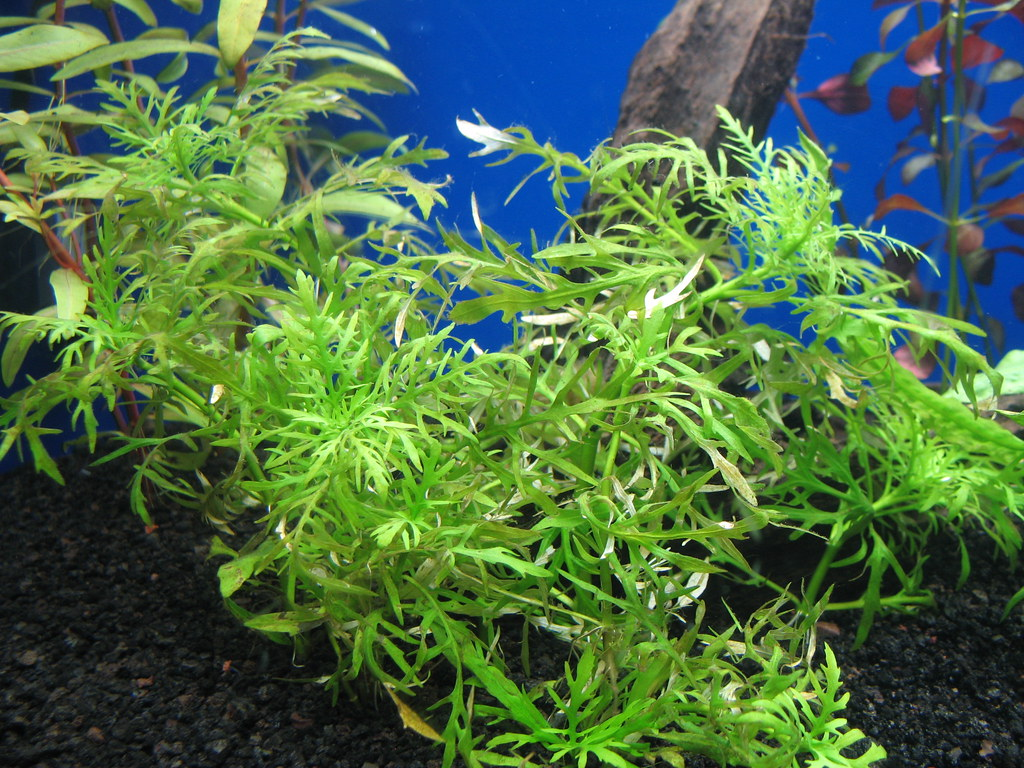
CO2 Supplementation in Planted Breeding Tanks
CO2 supplementation is critical in enhancing the vitality and growth of aquarium plants, especially in environments dedicated to fish breeding. Adequate CO2 levels can dramatically boost the health and expansion of plants like water wisteria, creating a more lush and supportive environment for breeding fish. By facilitating more efficient photosynthesis, CO2 supplementation ensures that plants contribute effectively to the aquarium's ecosystem, improving water quality and providing essential oxygenation.
Implementing a CO2 system in a breeding tank requires careful management to achieve the right balance that encourages plant growth without compromising the safety and comfort of the fish. Monitoring CO2 levels to ensure they remain within a safe range is essential, as is choosing a system that allows for gradual adjustments. This careful approach to CO2 supplementation can make a significant difference in the success of a planted aquarium, supporting both the aesthetic goals of the aquarist and the practical needs of fish breeding.
Optimising Light for Breeding Plants
Lighting plays a crucial role in the health and growth of aquarium plants, directly impacting their ability to support fish breeding efforts. Proper lighting ensures that plants can photosynthesize efficiently, vital for maintaining the water quality and stability of the aquarium environment. For planted aquariums, choosing the right spectrum and intensity of light can mimic natural conditions, encouraging plants to thrive and provide the necessary shelter and breeding grounds for fish.
Adjusting the lighting schedule to simulate day and night cycles can further enhance the breeding environment, aligning with the natural rhythms of both plants and fish. This consideration helps maintain a balanced tankecosystem, where plants like java moss and water wisteria can exhibit optimal growth. Aquarists should also be mindful of the placement of plants in the tank to ensure each receives adequate light, essential for their development and the overall success of the aquarium's breeding objectives.
Fertilization in Breeding Aquariums
Fertilization is key to sustaining vibrant plant growth in planted aquariums, particularly those set up for fish breeding. Liquid fertilisers provide essential nutrients that might be depleted over time, especially in tanks where plants play a significant role in the ecosystem. However, it's important to use liquid fertilisers judiciously, as excessive nutrients can lead to algae growth, potentially compromising the aquarium environment and the health of breeding fish.
Selecting the right liquid fertilisers is crucial, focusing on formulations that support plant health without introducing harmful substances to the tank. This careful approach ensures that aquarium plants such as java fern, water lettuce, and water wisteria receive the support they need for robust growth, thereby enhancing their role in creating a conducive breeding environment. Regular monitoring of water conditions and plant growth can guide the fertilization process, ensuring that plants contribute positively to the aquarium's ecological balance and the success of fish breeding activities.
Water Parameters for Healthy Breeding Plants
Maintaining optimal water conditions is essential for the health of aquarium plants and the success of fish breeding. The right balance of pH, hardness, and nutrient levels supports vibrant plant growth, creating a natural and conducive environment for fish to spawn and fry to thrive. Regular testing and adjustments ensure that the aquarium maintains conditions that closely mimic the natural habitats of the species within, promoting health and reducing stress for both plants and fish.
In addition to these basic parameters, the presence of essential minerals and trace elements plays a crucial role in the development of plants in a planted aquarium. These elements aid in photosynthesis and the synthesis of important compounds within the plants, directly influencing their vitality and, consequently, their ability to contribute to a stable breeding environment. Aquarists must carefully manage these water conditions, possibly with the aid of liquid fertilisers and water conditioners, to ensure a thriving plant-based ecosystem conducive to fish breeding.
Temperature Considerations for Breeding Tanks
The temperature of a planted aquarium significantly affects both plant and fish growth and reproductive behaviors. Each species of plant and fish has specific temperature preferences that can influence their health and breeding success. For aquarium plants, temperature can affect metabolic rates, growth patterns, and overall health. Too high or too low temperatures can lead to stress, hinder growth, or even cause plants to perish, which in turn impacts the aquarium's breeding potential.
For breeding purposes, it's crucial to research and maintain the optimal temperature range that supports both the aquarium plants and the fish species intended for breeding. This might involve the use of heaters or coolers to stabilize the tank temperature, especially in environments prone to fluctuations. A stable temperature not only ensures healthy plant growth but also encourages natural breeding behaviors in fish, making it a key factor in the successful reproduction and raising of fry in planted aquariums.
Creating Hiding Spots and Territories
The strategic placement of plants in the aquarium plays a pivotal role in creating hiding spots and territories, essential for the well-being of breeding fish. Dense foliage and intricate root systems of aquarium plants like java moss and water wisteria provide perfect nooks for fish to claim as their own or hide during times of vulnerability, such as spawning or fry rearing. These natural shelters not only mimic the species' natural habitat but also reduce stress, a critical factor for successful fish breeding.
Moreover, the creation of territories within the tank can prevent aggression among fish, particularly in species that are territorial during the breeding season. Plants serve as natural boundaries that delineate these territories, promoting harmony within the aquarium. By carefully selecting and arranging aquarium plants, aquarists can foster a conducive environment for breeding, where fish feel secure and undisturbed, enhancing the chances of breeding success.
Plants and Water Quality in Breeding Tanks
Aquarium plants play a crucial role in maintaining water quality, which is vital for the health of both plants and fish, especially in a breeding tank. Through the process of photosynthesis, plants absorb carbon dioxide and release oxygen, contributing to the oxygenation of the water which is essential for fish. Additionally, plants can absorb harmful toxins and excess nutrients from the water, acting as natural filters that improve the overall water conditions of the aquarium.
The presence of plants in breeding tanks also aids in stabilizing the aquarium environment, reducing fluctuations in water conditions that can stress fish and impede breeding efforts. Regular maintenance of plants, including pruning and monitoring for signs of disease or decay, is essential to ensure they continue to contribute positively to the tank's ecosystem. Healthy plants not only enhance the aesthetic appeal of the aquarium but also support a stable and clean environment conducive to fish breeding.
Breeding Specific Fish Species with Plants
Selecting the right plants for breeding specific fish species requires understanding the natural habitats and behaviors of the fish in question. For instance, bettas and gouramis prefer densely planted tanks with floating plants like water lettuce that provide cover and nesting sites at the water surface. These plants not only replicate the sheltered waters these species are accustomed to but also support their bubble-nesting behaviors by stabilizing the nests.
On the other hand, cichlids, which are known for digging and rearranging their environment, might benefit from sturdy, rooted plants like Anubias or Java Fern that can withstand being moved or buried. These plants offer the necessary territory markers and hiding spots without being easily uprooted. Tailoring plant selections to the breeding needs and natural preferences of each fish species can significantly enhance aquarium breeding success, contributing to a well-structured and species-appropriate environment.
Maintenance and Pruning of Breeding Plants
Regular maintenance and pruning of aquarium plants are crucial in breeding tanks to ensure the plants remain healthy and continue to provide the intended benefits for fish breeding. Overgrown plants can obstruct flow and light, potentially altering water conditions and affecting both plant and fish health. Pruning helps maintain the desired aquarium aesthetics and ensures that all plants receive adequate light and resources for sustained growth.
Furthermore, maintenance routines should include monitoring plant health for signs of disease or nutrient deficiencies, which could impact the aquarium's overall balance and the success of breeding efforts. Healthy plants contribute to stable water conditions and provide essential habitats for fish and fry, making their care an integral part of managing a breeding aquarium. Incorporating liquid fertilisers carefully, based on the needs of the plants and the tolerance of the breeding fish, can support vibrant plant growth without compromising water quality.
Common Problems and Solutions in Planted Breeding Tanks
Navigating common issues in planted breeding tanks can be a challenge, but understanding the potential problems and their solutions can significantly enhance the success rate of fish breeding. One frequent issue is algae growth, which competes with aquarium plants for nutrients and light. Maintaining a balance of light and nutrients, along with introducing algae-eating species and regular tank maintenance, can help control algae proliferation. Additionally, using floating plants can reduce the excess light that often accelerates algae growth.
Another concern is the overgrowth of plants, which can overcrowd the tank and disrupt the water conditionsnecessary for optimal fish breeding. Regular pruning and monitoring of plant growth are essential to prevent this. Ensuring that plants like java moss and water wisteria are kept in check will maintain the desired environment for breeding species. Solutions often involve adjusting plant placement or diversifying plant types to create a balanced aquarium ecosystem conducive to breeding.
Success Stories: Breeding Fish with Plants
Incorporating plants into breeding aquariums has led to numerous success stories, underscoring the value of a well-planted tank in the fish breeding process. Enthusiasts often share experiences of how java fern, water lettuce, and mosses have created ideal conditions for various species to breed successfully. These plants not only provide the necessary shelter and privacy but also contribute to stabilizing the tank's environment, making it more conducive to fish breeding.
One notable success story involves breeding Betta fish in tanks with ample java moss and floating plants, which provided the perfect nesting sites for bubble nests and fry survival. Another example is the use of water wisteria to create dense foliage for Guppy fry to hide and grow, significantly increasing their survival rates. These stories highlight the importance of understanding the specific needs of your breeding species and tailoring the aquarium plants to support those needs, demonstrating the powerful impact of plants on fish breeding success.

Conclusion
The strategic use of plants in fish breeding aquariums offers a myriad of benefits, from creating naturalistic environments conducive to fish breeding to enhancing the aesthetic appeal of the tank. This guide has navigated through the top plants suitable for breeding setups, discussed the importance of CO2 supplementation, lighting, water conditions, and more, aiming to equip aquarists with the knowledge to successfully incorporate aquarium plants into their breeding endeavors.
The key takeaway is that plants are not merely decorative elements but crucial components of a healthy breeding environment. They provide shelter, spawning sites, and help maintain water quality, contributing significantly to the growth and development of both plants and fish. Whether you're working with java fern, water wisteria, floating plants like water lettuce, or exploring liquid fertilisers and CO2 supplementation, each aspect of plant care is a step toward creating a thriving breeding aquarium.
As we conclude, remember that the journey of integrating plants into breeding tanks is both an art and a science. It requires patience, observation, and a willingness to learn and adapt. The stories of success shared by fellow aquarists serve as inspiration, highlighting the potential for remarkable achievements in fish breeding through the thoughtful selection and care of aquarium plants. Embrace the challenge, and let your planted breeding aquarium be a testament to the synergy between flora and fauna, fostering life and beauty beneath the water's surface.



